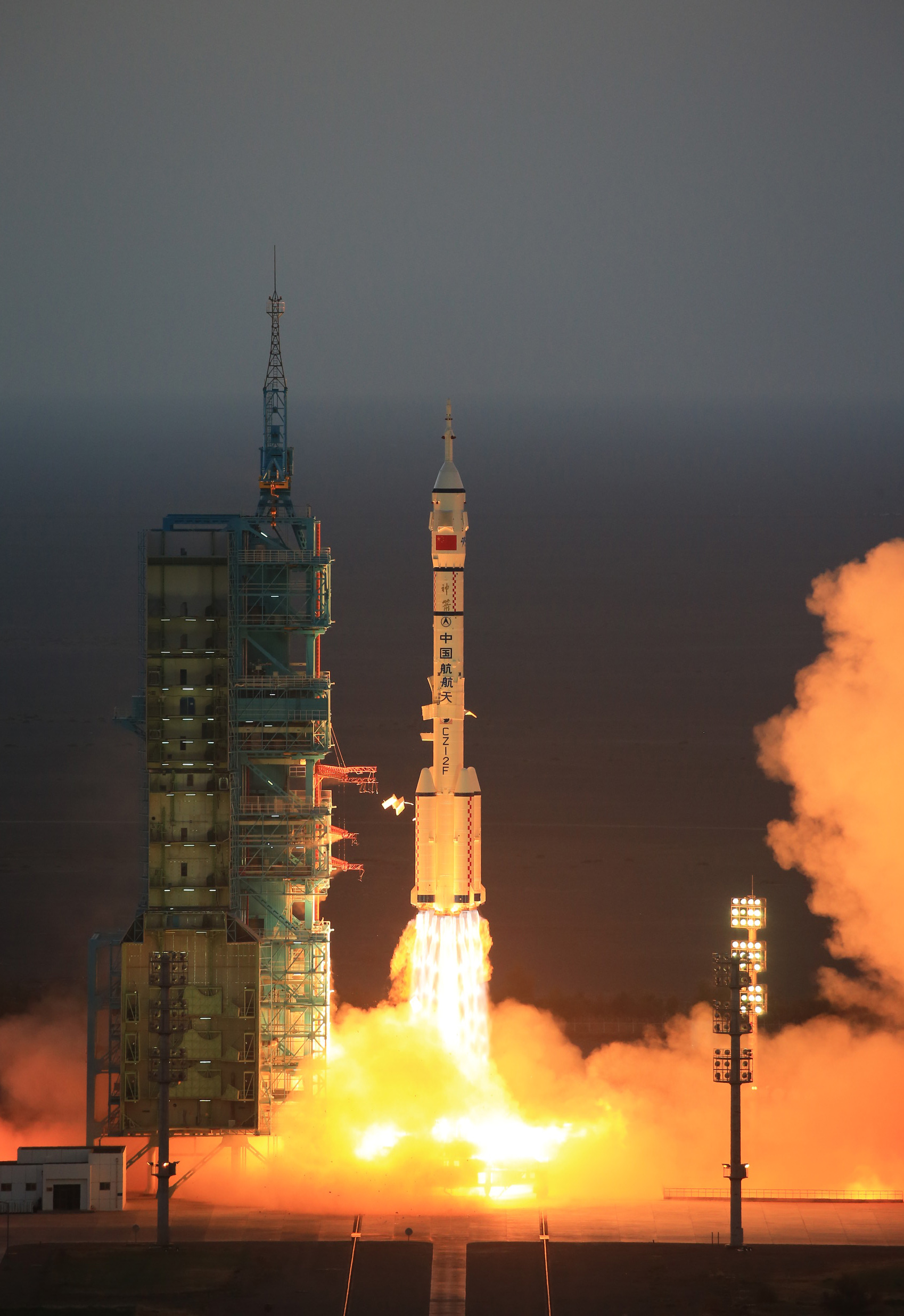

On October 17, 2016, the Shenzhou 11 mission blasted off from Jinquan, China. Born into space by a Long March 2F rocket, Taikonauts Jing Haipeng (a veteran of Shenzhou 7 and 9) and Chen Dong will rendezvous with the Tiangong 2 space station for a 30 day mission, which will be China’s longest manned space mission to date.

Launched in September 2016, the Tiangong 2 station has already set a landmark in space science, hosting the first spaceborne cold atomic clock. Atomic clocks, which keep time by measuring the oscillations of an atom, are used in high precision applications like scientific calibrations and satellite navigations (atomic clocks only lose a second every billion years). A cold atomic clock is even more accurate, since it uses a laser to “slow” down the atoms (likely cesium 133) to reduce the chances of the clock missing an atomic oscillation. China also hopes that operating a cold atomic clock in space will free it from possible gravitational interference found on Earth. A more accurate satellite navigation system will offer new civilian and military capabilities.

Tiangong 2 is also host to the POLAR gamma ray detector, operated in conjunction with the University of Geneva. It will measure gamma ray bursts, in order to track space weather and astronomical data. It will also support Chinese quantum communications research by conducting quantum key distribution through laser communications with the Mozi Quantum science satellite. Other research includes the growth of plants in space, material sciences experiments, and observation of the space environment using spectral imaging.

While it was originally built as a back up for China’s first space station, Tiangong 1, Tiangong 2 is also serving as a testbed for technologies that will be incorporated on China’s next manned space station, which is set for launch in the early to mid 2020s. Tiangong 2 has a robotic arm, and a 40 kg co-orbiting satellite, Banxing 2, which will monitor Tiangong 2 and nearby space debris. In addition to running experiments on Tiangong 2’s scientific equipment, the month-long Shenzhou 11 mission is intended to test the life support systems of the space station.

Once Taikonauts Jing and Chen decamp from the Tiangong 2 next month, the space station will then receive Tianzhou 1, China’s first robotic space resupply vessel. Tianzhou 1 will refuel Tiangong 2, which will then receive its next taikonaut visitors from the 2017 Shenzhou 12 mission. The pace of missions illustrates the energy and investment that China is putting into its space program.
You may also be interested:
China’s Largest Space Launch Vehicle, the Long March 7 flies, with a Technological Triple Whamm
China’s Space Station Plans in Powerpoint: A Closer Look at Tiangong 3
China Launches Quantum Satellite in Search of Unhackable Communications
China’s Answer to the Hubble Telescope
China Showcases Plans to Become the Leading Space Power
What will the Next Chinese Spaceship Look Like?
China’s Space Station Gets a “Super Eye”
China Aims for Humanity’s Return to the Moon in the 2030s
